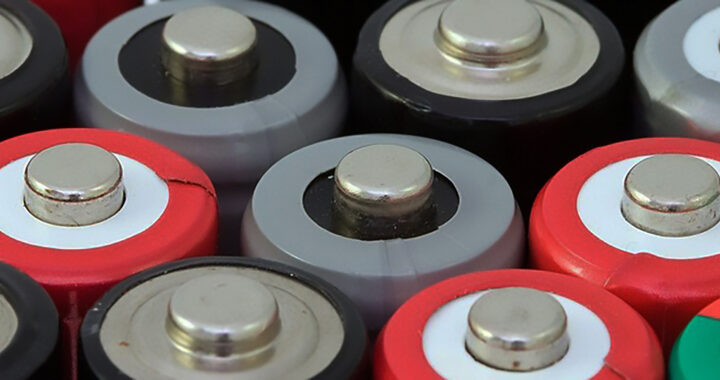Sodium-ion batteries are emerging as an alternative to lithium-ion batteries. These batteries use sodium ions to store and release energy. Researchers and manufacturers are exploring their potential for large-scale applications. These batteries can be a game-changer. They are an attractive option because sodium is abundant and has a lower cost than lithium. Their viability depends on overcoming efficiency and performance limitations.
A New Contender in Energy Storage: Sodium-Ion Batteries
Comparison With Lithium-Ion Batteries
Sodium-ion batteries and lithium-ion batteries share a similar working principle. Both rely on the movement of ions between the anode and cathode during charge and discharge. The key difference is the material used. Lithium is lighter and has a higher energy density. Sodium is heavier and has a lower energy density. This means sodium-ion batteries store less energy per unit weight.
However, in terms of availability, sodium is more abundant and easier to source. This makes sodium-ion batteries a more affordable and sustainable option.
One of the biggest advantages of sodium-ion batteries is their cost-effectiveness. The extraction of lithium is expensive and concentrated in a few countries. The process also has environmental issues. These create supply chain risks. Sodium is found in large quantities worldwide. This availability could help stabilize battery prices and reduce dependence on limited resources.
Both researchers and manufacturers are investing in improving and refining sodium-ion battery chemistry and design to improve energy density and charging speeds.
Main Disadvantages and Limitations
Sodium-ion batteries have several limitations. First, their energy density is lower than lithium-ion batteries. This makes them less efficient for high-performance applications. Second, sodium ions are larger than lithium ions. This leads to slower charging times and reduced battery life. Third, sodium-ion batteries require specialized materials for electrodes and electrolytes.
Many of the required specialized materials are still under development. These factors limit their immediate and wider adoption in consumer electronics and electric vehicles.
Another major challenge is durability. Sodium-ion batteries tend to have a shorter lifespan than older battery technologies due to structural changes in electrode materials during repeated charge cycles. The expansion and contraction of sodium ions cause stress on the materials. This reduces long-term stability. Lithium-ion batteries also suffer from a similar longevity issue.
Material scientists and chemists are developing new electrode compositions to solve the lifespan issue of sodium-ion batteries and improve their commercial viability.
These batteries also struggle in temperatures below -10 degrees Celsius. Their efficiency drops significantly in low-temperature environments. This makes them less suitable for applications that require high reliability in extreme conditions. Lithium-ion batteries currently outperform them in this regard. This limits sodium-ion technology to specific markets.
Latest Developments and Commercialization
The overall sodium-ion battery technology is improving. Companies and research institutions are developing better electrode materials and designs. Some manufacturers have announced plans for large-scale production. Chinese battery maker CATL has unveiled its second-generation sodium-ion battery in 2024 for commercial use in electric vehicles and renewable energy systems.
Other firms are exploring hybrid solutions that combine sodium-ion and lithium-ion technologies. These efforts aim to improve performance and expand market adoption.
Manufacturers, including Faradion and Natron Energy, are also making significant progress. These companies are optimizing battery design to make sodium-ion technology more competitive with lithium-ion batteries in terms of overall performance. Japanese electronics company Elecom announced in March 2025 the market availability of its power bank based on sodium-ion.
Several governments are also showing interest. China, the European Union, and the United States are funding research projects to accelerate sodium-ion battery innovation.





